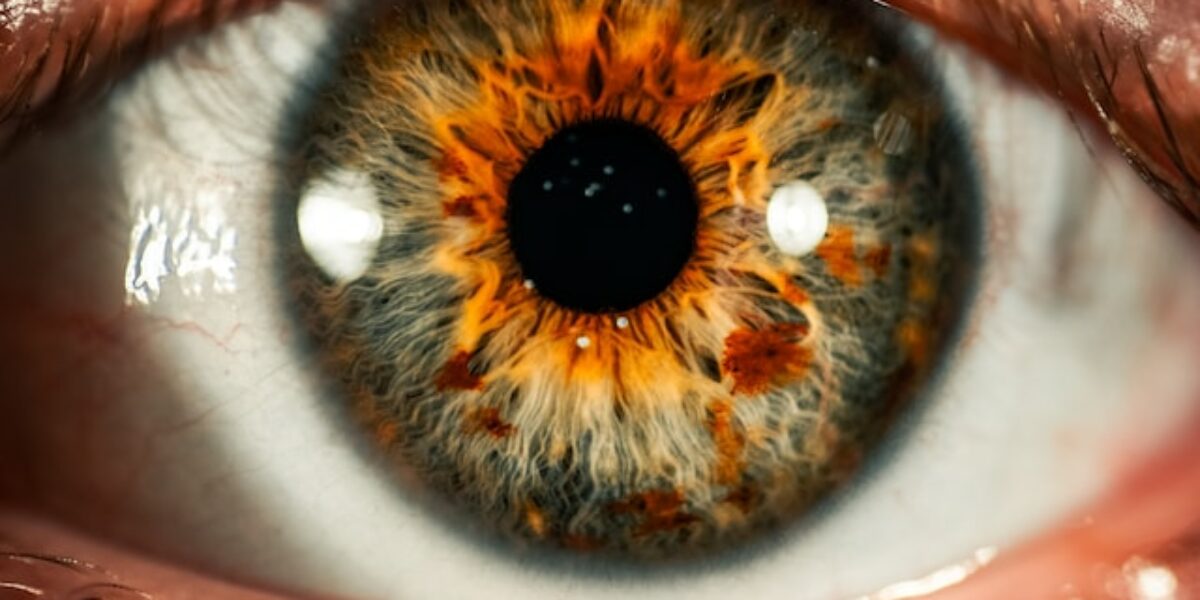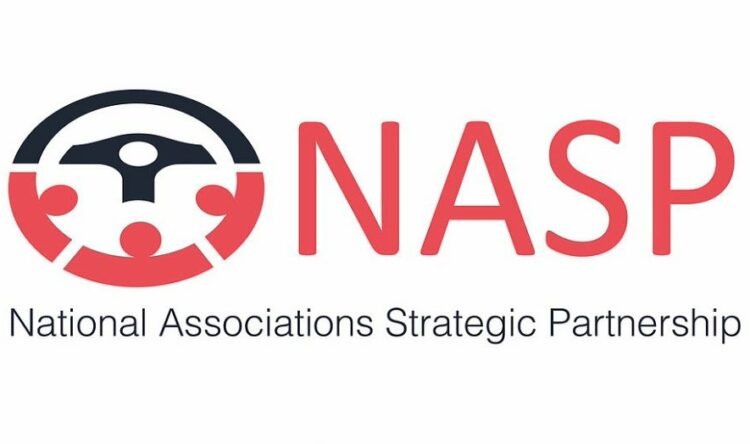Looking good
Three eyesight issues that can affect driver safety
Good eyesight is an incredibly important aspect of road safety. Motorists rely on their visual perception to navigate the streets, make quick decisions, and avoid crashes. However, too many drivers ignore the importance of this faculty, putting themselves and other road users at greater risk. In fact, as reported in this guide to driving with poor eyesight, problems with drivers’ vision account for more than 2,900 casualties on UK roads each year.
In recent surveys, many motorists admit to not having regular eye tests, even those who already wear prescription lenses. The ‘cost of living crisis’ seems to be exacerbating the problem making it an increasingly worrying factor when it comes to road safety. New and young drivers are influenced by the actions of parents and older drivers. It is essential that all driver trainers redouble their efforts in making sure new drivers take a more responsible attitude and look after their sight.
The following are three common eyesight problems that all drivers should be aware of, to help enhance road safety for all.
Colour blindness
Colour blindness is a common issue that can affect different aspects of daily life, with driving being one of the most prominent. While this does appear to be an obvious issue, many drivers living with colour blindness adopt their own strategies to make it possible to continue driving safely.

For example, rather than noticing colours on a set of traffic lights, they will pay closer attention to the order in which they light up, with green lights at the bottom of the set and red typically at the top. In addition, being colour blind can make it more difficult to spot when the car in front has applied their brakes. As a result, it’s always worth leaving a little extra space between vehicles to allow for any potential delay in reaction times and help to prevent collisions.
Short/far-sightedness
Both short-sightedness and far-sightedness can make driving incredibly difficult for different reasons. A shortsighted person will struggle to see objects in the distance, which can have a major impact on a driver’s hazard perception. In addition, it becomes more difficult to read signs from a distance, making it harder to prepare and respond to different signs and signals.
On the other hand, far-sighted people will struggle to see things closer to them. These people generally don’t struggle to see cars and signs further along the road, but the condition will make it difficult to understand the lights and controls in their own cars. In particular, speedometers, sat navs and warning lights can all be harder to interpret. Both of these issues can become particularly prominent at night time, when low light conditions make visibility even more difficult.

Fortunately, most short and far-sighted people will have the issue diagnosed and treated earlier on in life, but it can also develop in older people. To combat it, the most important step is to wear prescription glasses or contact lenses that can help your eyes to focus on the roads and spot hazards more easily. All drivers must have regular sight tests to ensure their sight is up to standard. As change can happen slowly, many people fail to notice changes to their vision. Therefore, it is advised that everyone has a sight test every two years at least once they are 40 years old.
Light sensitivity
For drivers whose eyes are particularly sensitive to light, contending with headlights and even streetlights can be a real issue. This sensitivity could cause motorists to squint their eyes or tear up, which can reduce visibility. In more severe cases, it could even bring on headaches, eye strain or fatigue. As is the case with most eyesight problems, light sensitivity is made worse when driving at night.

Again, the best way to mitigate the impact of glare and bright lights is to use the correct glasses. Using an anti-reflective coating on the lenses can further protect your eyes. Drivers with light-sensitive eyes could also try dimming the lights in their own car at nighttime, to help reduce the contrast of light and darkness. This feature comes as standard in most new vehicles, but you should always check your car’s manual to see what options are available to you.
Eyesight requirements for driving
The UK Government has laid out a strict set of rules around minimum legal requirements for the vision quality of drivers. Firstly, all drivers must be able to read a number plate from 20 metres away. This is a standard part of all driving tests, and failure to correctly read a plate will result in automatic failure. According to government regulations, you also need to have a visual acuity of at least 0.5 on the Snellen scale, which measures your central vision.
Written by Ava Moore
Ava is an experienced driving instructor who runs her own company and enjoys sharing her knowledge with motorists of all ages.






